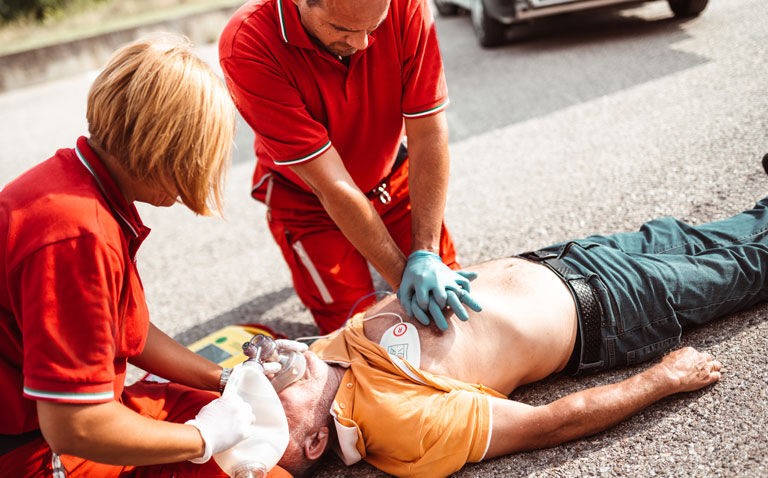Neurofilament light is the best prognostic marker of neurological outcomes after a cardiac arrest in those with hypoxic ischaemic brain injury
Neurofilament light is the best biomarker for the assessment of brain injury in patients who experience hypoxic ischaemic brain injury (HIBI) after the return of spontaneous circulation following a cardiac arrest. This was main finding of a systematic review and meta-analysis by a team from the Division of Critical Care Medicine, Vancouver General Hospital, Vancouver, Canada.
Hypoxic-ischaemic brain injury, represents a recognised consequence of cardiac arrest. For example, in one study examining the cause of death after an out-of-hospital cardiac arrest, it was found that neurological injury was responsible for two-thirds of all deaths.
In fact, HIBI after cardiac arrest is a leading cause of mortality and long-term neurologic disability in survivors. Moreover, patients with HIBI are at a high risk for secondary brain injury from, for example, brain oedema, tissue ischaemia and haematoma expansion.
Biomarkers can be used to identify those at risk through the provision of prognostic information and two such marker, neuron specific enolase (NSE) and S-100B are released following injury to neurons and glial cells, respectively and their blood values are presumed to correlate with the extent of HIBI following a cardiac arrest.
Others include neurofilament light (which reflects white matter damage) and tau although the relative prognostic value of these biomarkers has not been evaluated.
For the present analysis, the Canadian team searched electronic databases for studies using biomarkers including neuron specific enolase, S100 beta, S100 calcium binding protein, tau and neurofilament light.
They included only those for which at least one of the biomarkers was used to prognosticate the neurological outcome for patients with HIBI after a cardiac arrest. The team calculated the summary receiver operating characteristic curve (SROC) for each biomarker at 48 hours after the cardiac arrest and used this as the primary outcome measure.
Subgroup analysis was performed comparing with targeted temperature management (TTM), which is a recognised method designed to minimise post-anoxic injury and improving neurological outcome after cardiac arrest.
Neurofilament light and predictive value for neurological outcomes
A total of 86 studies with 10, 567 patients and a mean age of 62.8 years (73.6% male) were included in the final analysis.
In terms of the SROC, neurofilament light had the highest area under the curve (AUC) for predictive value of unfavourable neurological outcomes, with a value of 0.92 (95% CI 0.84 – 0.97), followed by tau with an AUC of 0.89 (95% CI 0.71 – 0.97). This was higher than neuron-specific enolase (AUC = 0.84) and S100 calcium (AUC = 0.85).
When compared with TTM, SROC curves were calculated for each biomarker and the results did not differ appreciably and neurofilament light still had the highest AUC (0.92, 95% CI 0.86 – 0.95).
The authors concluded that neurofilament light which is a biomarker for white matter damage, was associated with the highest accuracy to predict unfavourable neurological outcomes in those with HIBI after a cardiac arrest.
Citation
Hoiland RL et al. Neurologic Prognostication After Cardiac Arrest Using Brain Biomarkers: A Systematic Review and Meta-analysis. JAMA Neurol 2022










